Climate change, the war in Ukraine, the post-Covid era, the exploitation of nature and the rise of inequality portray a grim picture of our world. We are 90 seconds to midnight.
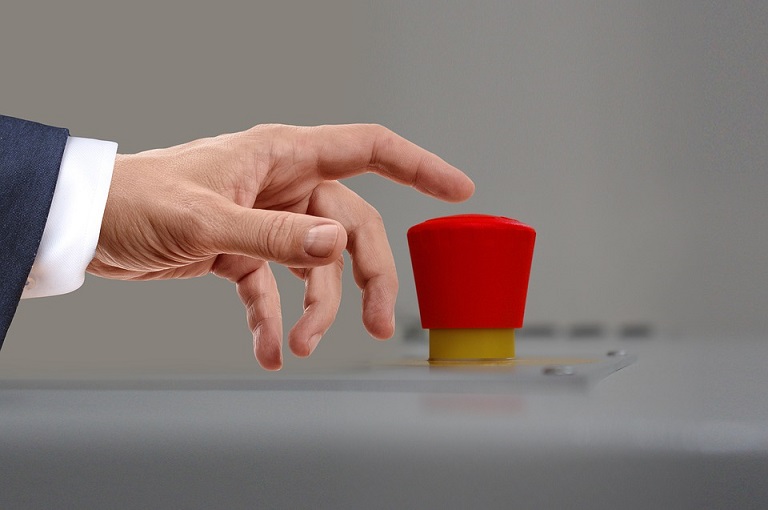 Juanjo Andrés Cuervo
Juanjo Andrés Cuervo
It was the year 1947 when the Bulletin of the Atomic Scientists set the Doomsday Clock. This was a metaphor to illustrate the human-made threats to the planet.
Having worked in the Manhattan Project which developed the atomic bombs in the US, the Atomic Scientists wanted to calculate the danger of the new era of nuclear power. The closer the Doomsday Clock was to midnight, the closer would be the end of humanity. Just two years earlier, the United States had showed its military power of annihilation with the use of atomic bombs. Since destroying hundreds of thousands of lives in Nagasaki and Hiroshima, it seemed that no country could threaten the US hegemony.
In 1949, the Soviet Union tested its first atomic bomb. It was the first years of the Cold War, and with the two mighty powers having means of destruction on an unparalleled scale, a new paradigm of fear was created.
Paradoxically, there was never a direct conflict between the USA and the USSR. The Cold War was a time when the menace of nuclear catastrophe avoided a direct conflagration between both countries. It was assumed that nobody would provoke an escalating conflict. As Orwell puts in 1984, ‘War is Peace’.
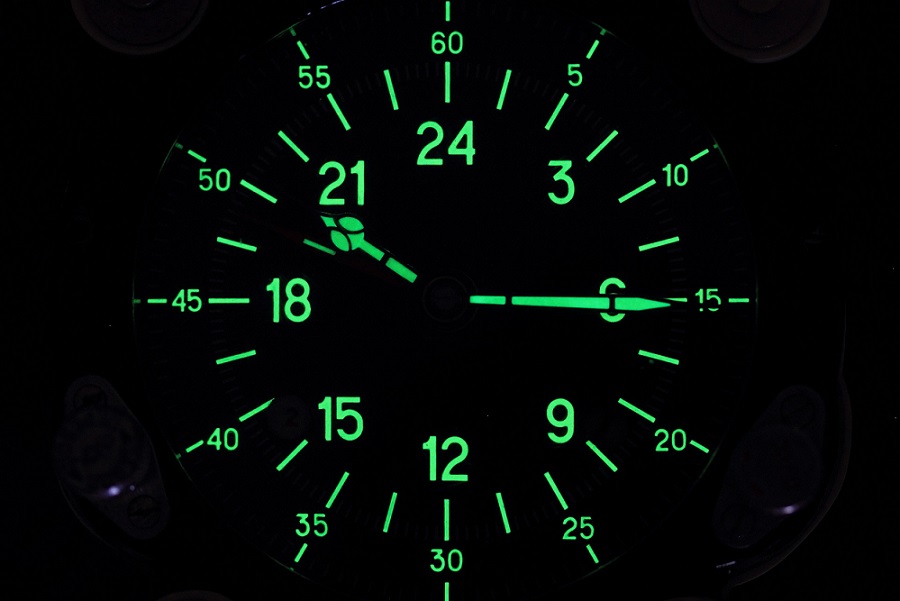 Nevertheless, there were dozens of conflicts provoked by the intervention of at least one of the two mighty countries. The Korean War, the Vietnam War, the invasion of Afghanistan, and the US support for the apartheid regime in South Africa which clashed with Cuban troops in Angola were moments of global threat.
Nevertheless, there were dozens of conflicts provoked by the intervention of at least one of the two mighty countries. The Korean War, the Vietnam War, the invasion of Afghanistan, and the US support for the apartheid regime in South Africa which clashed with Cuban troops in Angola were moments of global threat.
And yet, the Bulletin of the Atomic Scientists never considered the risk of global conflagration so high as it does nowadays.
Following the Doomsday Clock timeline, the closest moment to mass catastrophe was in 1952, when the US tested it first hydrogen bomb. There were 120 seconds to midnight.
Hence, 90 seconds to midnight symbolises the danger of our era. Even the Cuban Missile Crisis of 1962, which had the world holding its breath, was far less dangerous according to the scientists. At that time, the Doomsday Clock stood still at 7 minutes to midnight.
The Cuban missile crisis and the war in Ukraine
The current conflict in Eastern Europe is not the first in which two nuclear-armed powers have contributed to global escalation. In 1962, the US troops landed in Bay of Pigs to overthrow Castro’s regime. They were expelled by the defenders of the Cuban Revolution.
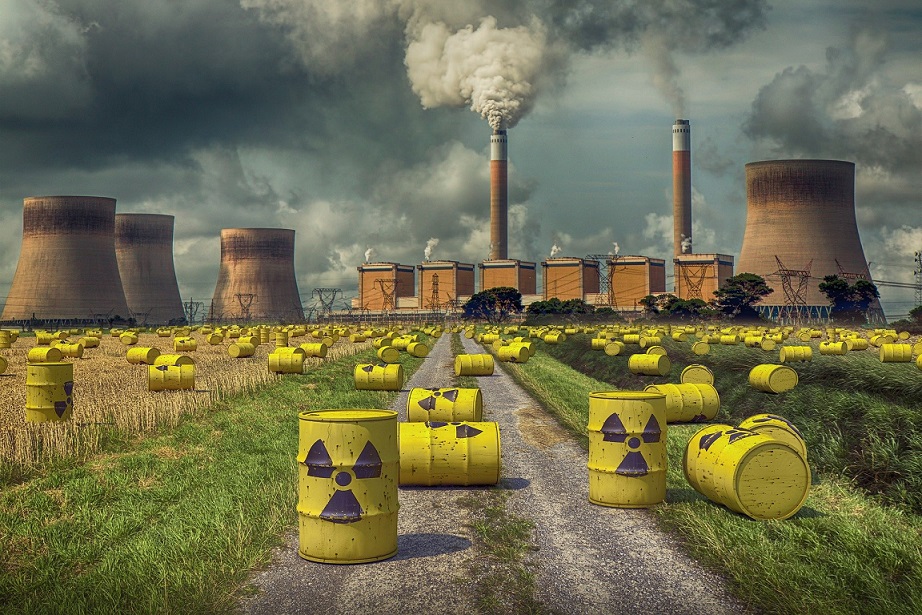 Then, Nikita Khrushchev reached an agreement with Fidel Castro to place Soviet nuclear missiles in Cuba to deter any future invasion attempt.
Then, Nikita Khrushchev reached an agreement with Fidel Castro to place Soviet nuclear missiles in Cuba to deter any future invasion attempt.
When the US administration knew that there were missiles near its shore, they panicked.
Even though the United States had put missiles in its NATO base Turkey, near the Soviet Union, Kennedy demanded Khruschev remove the missiles in Cuba.
The leader of the Soviet Union agreed if the US removed their missiles from Turkey. Finally, the world was saved by an exercise of diplomacy. Something that the contemporary leaders could take as a lesson. 60 years later, Russia invaded Ukraine. At the moment, Putin’s army has failed to defeat their neighbours. With the delivery of tanks by many European countries, including Germany, it seems that a war escalation is imminent.
From the Cuban Missile Crisis, we have history to shed light on our current actions, the importance of diplomacy, and even the movie “Dr. Strangelove or: How I learned to stop worrying and love the bomb”.
Released in 1964, Stanley Kubrick’s masterpiece satirises the Cold War fears of a nuclear conflict between the Soviet Union and the United States. More importantly, it shows how a minority of people in a room can decide the fate of billions of sentient beings.
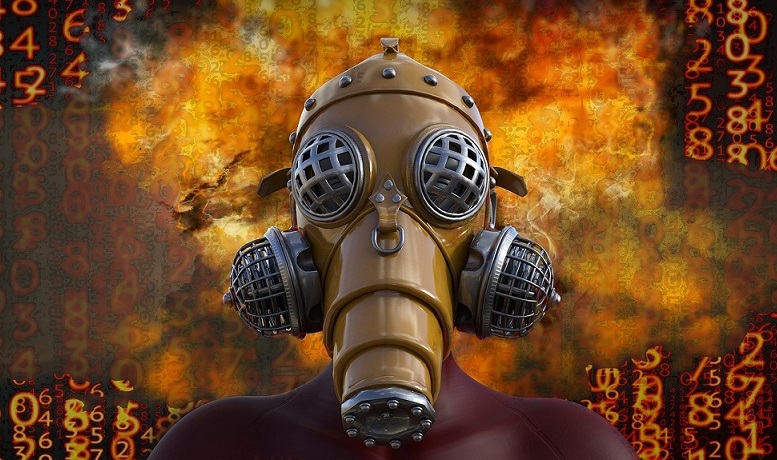 More money in weapons while the clock is ticking
More money in weapons while the clock is ticking
Today we have a Western World following the USA and falling into a trend of warmongering. The rhetoric of some European leaders, or even Josep Borrell, the High Representative of the Union for Foreign Affairs and Security Policy, is an example of the state of the world.
But this excitement for the war does not show only in their discourses. Last December, the Allies agreed NATO demands to increase the civil budget by 27,8% and the military budget by 25,8%. Thus, the European countries are increasing their expenditure in military weapons.
And yet, there is still hope. There are continuous demonstrations to end the war which are pressing the leaders to make an effort and focus on diplomatic matters.
The people are smart enough to blame NATO for breaking the agreement between George H.W. Bush and Gorbachev in which the US promised to not expand its troops further East, and the European leaders for becoming, once again, the puppets of the US.
If we want to avoid the Doomsday Clock reaching midnight, we need to keep protesting with an aim to reach the international community.
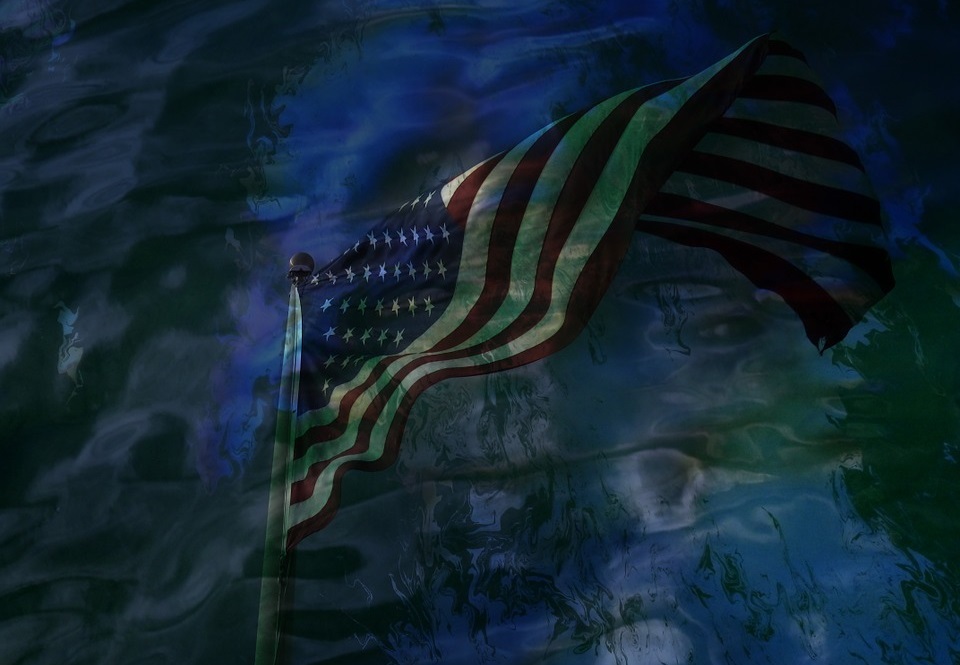 The risk of nuclear war is nearer than ever. As we saw in Kubrick’s movie, the world could be suddenly by destroyed.
The risk of nuclear war is nearer than ever. As we saw in Kubrick’s movie, the world could be suddenly by destroyed.
However, fiction also shows the power of negotiation. In Alan Moore’s Watchmen, the Doomsday Clock reached midnight, and the USA and the USSR were ready to provoke global annihilation. At the very end, the leaders of both countries reached an agreement to avoid mass destruction. The world was saved.
(Photos: Pixabay)












.jpg)












